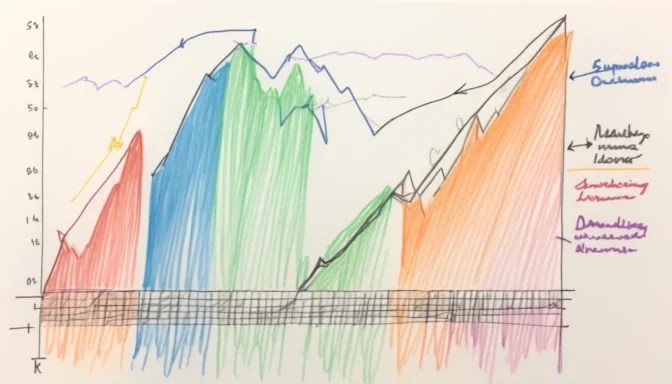What is Lazy Loading in Simple Terms?

Lazy loading is a web development technique where certain webpage elements, especially images, load only when they become visible on the screen. This contrasts with 'eager' loading, where all elements load simultaneously. Lazy loading substantially improves user experience by cutting down page load times.
Example of Lazy Loading

Imagine a webpage where an image only shows up as you scroll down. Initially, a placeholder takes its spot and the actual image replaces it only when you scroll to that area. This is a typical example of lazy loading at work.
Benefits of Lazy Loading

Lazy loading elevates application performance and user engagement. It ensures content is served only when the user actually encounters it, which reduces initial page load times and boosts user retention and engagement.
Pitfalls of Lazy Loading

While the technique offers performance gains, there are drawbacks. A significant downside is its effect on accessibility, particularly for users depending on screen readers or low-bandwidth connections. Such users may miss content that only loads upon scrolling.
Lazy Loading vs Eager Loading

Lazy and eager loading are two different approaches to resource loading. Lazy loading focuses on performance optimization by loading resources only as needed. In contrast, eager loading fetches all assets at once, which may result in longer initial load times but ensures immediate content availability.
How to Identify Lazy Loading

In websites implementing lazy loading, images often start as transparent placeholders. As the user scrolls, these placeholders are replaced with the real images, signifying the implementation of lazy loading.
How to Implement Lazy Loading

For effective lazy loading, load content as it enters the viewport. This approach is crucial to ensure that all content is not only accessible but also indexed properly by search engines like Google.
 E-Commerceo
E-Commerceo
